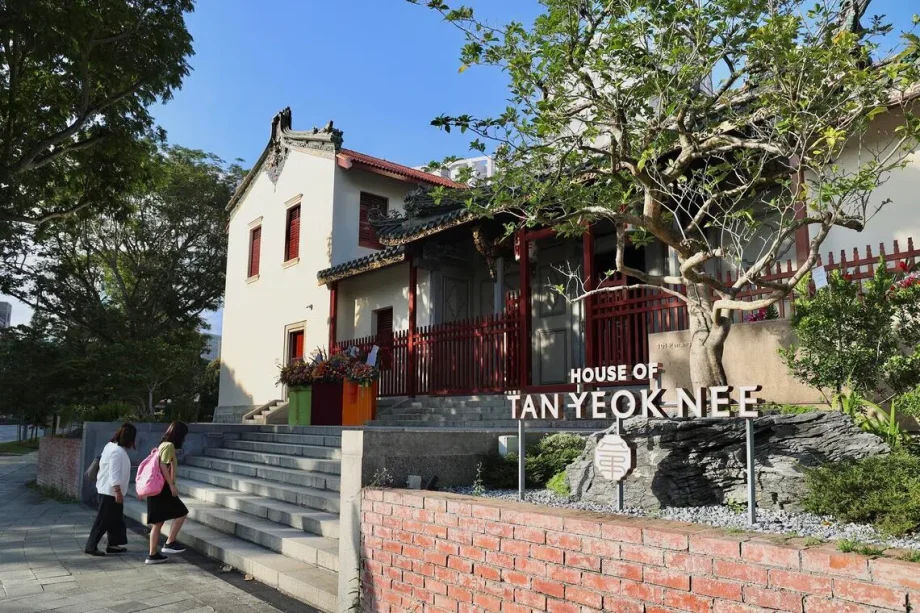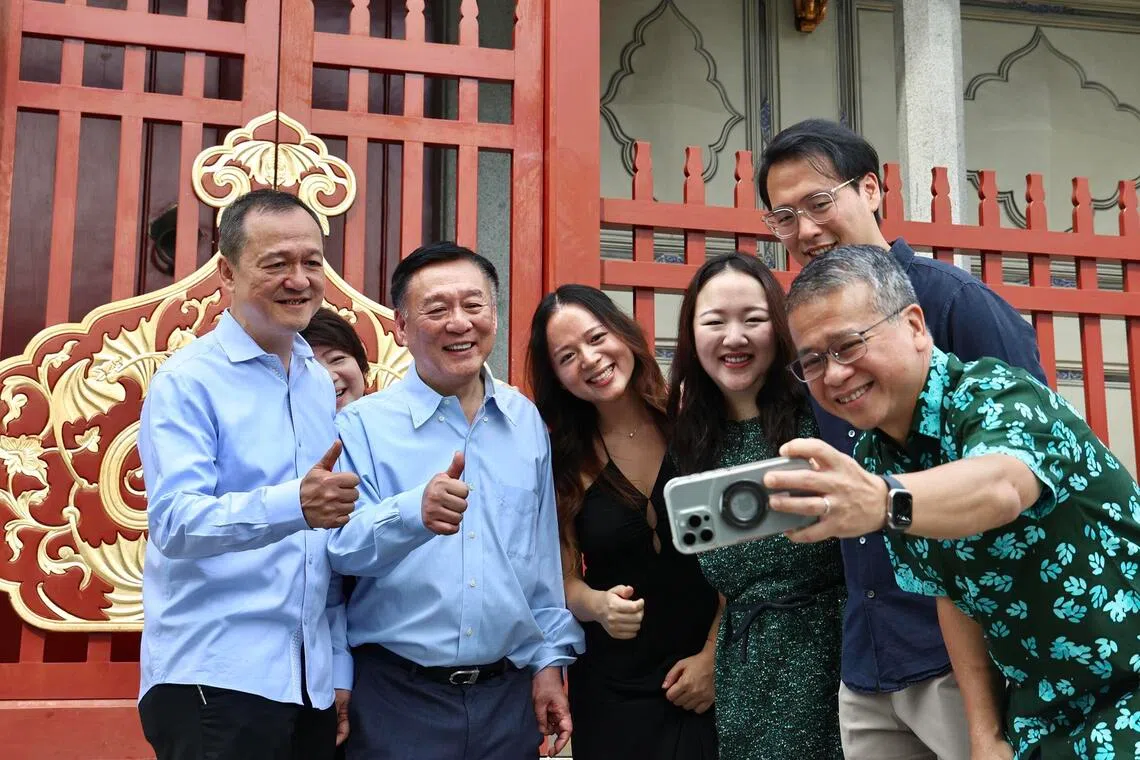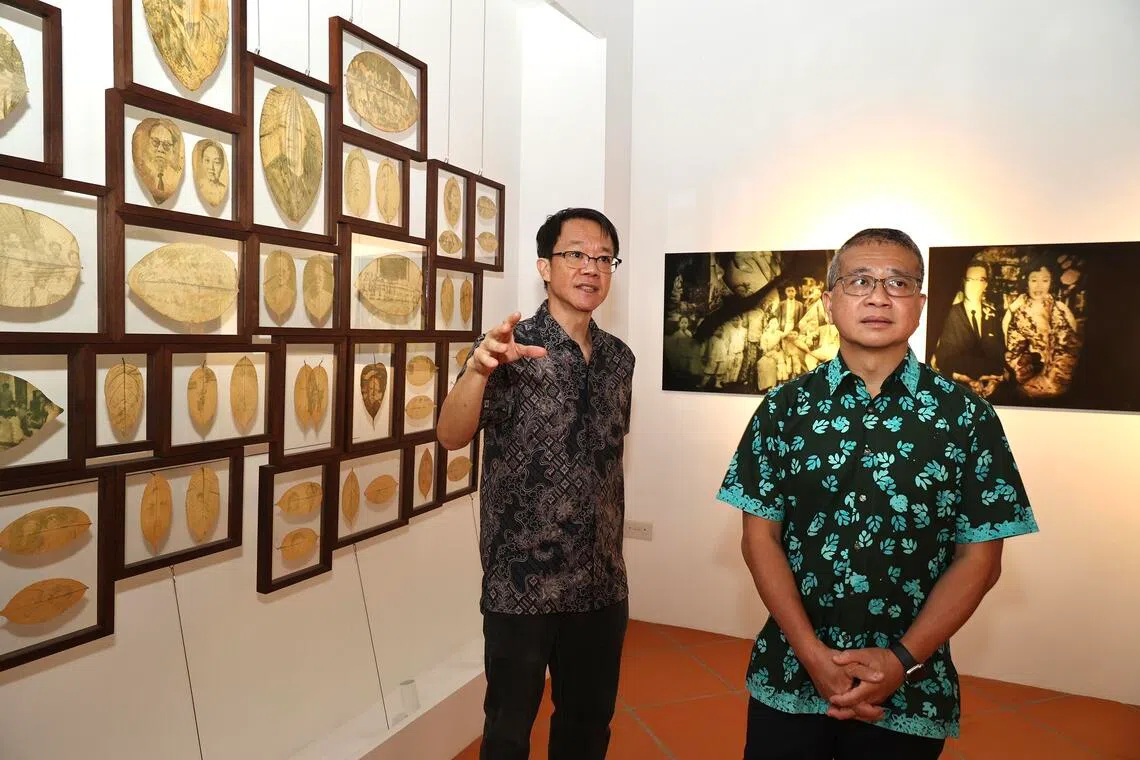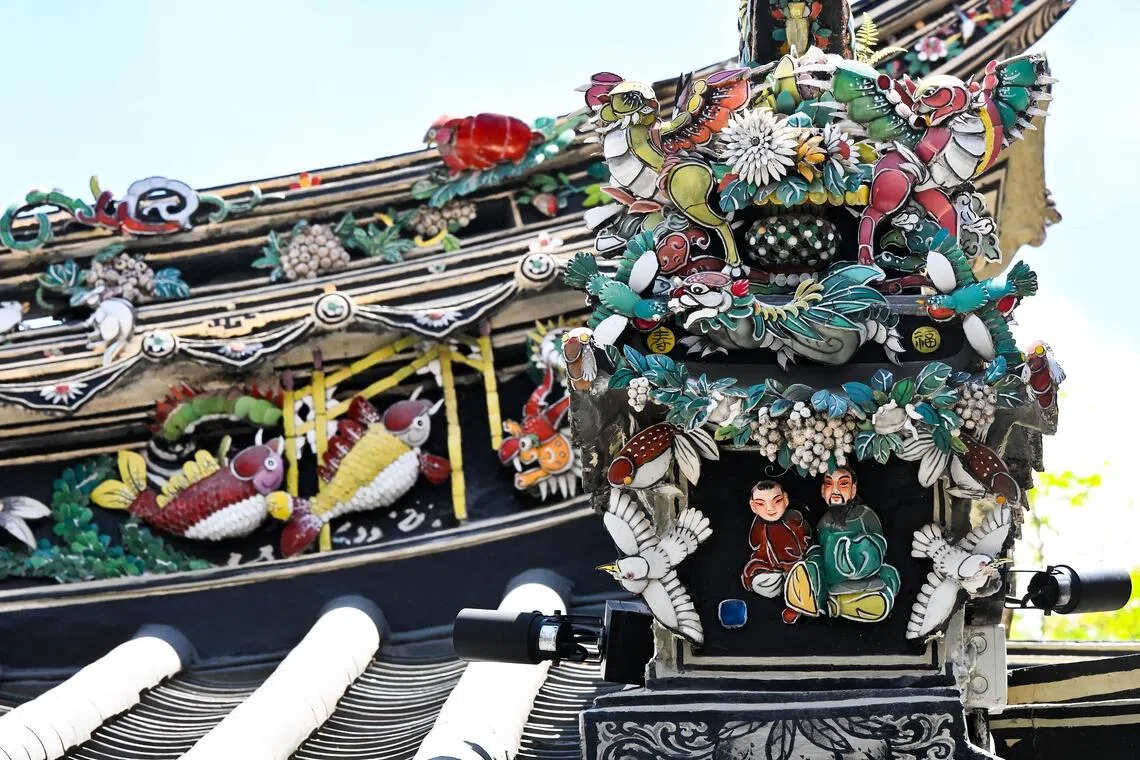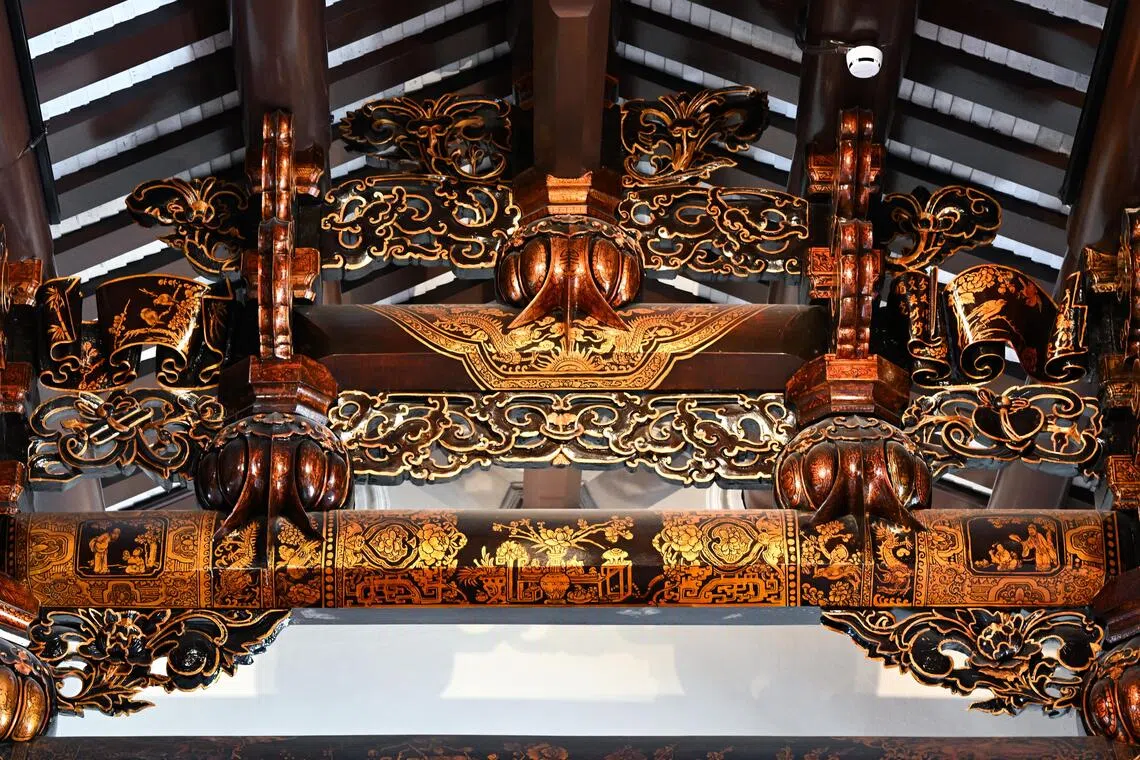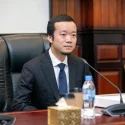SINGAPORE – The last traditional Teochew mansion in Singapore will reopen to the public from Nov 1, for the first time in more than 140 years.
The House of Tan Yeok Nee,
which was acquired by the Karim Family Foundation in 2022, will serve as a heritage landmark and a multi-functional lifestyle destination, featuring an immersive gallery, fine-dining restaurant Loca Niru with contemporary Japanese-French cuisine, and event spaces.
Sited on 26,321 sq ft of freehold land – about half the size of a football field – the mansion at 101 Penang Road includes a central residence with two courtyards, surrounded by spaces that have been converted into offices for the Karim group of companies.
Extensive restoration started in 2024, led by DP Architects (DPA) and an architectural conservationist, Associate Professor Yeo Kang Shua from the Singapore University of Technology and Design.
Built between 1882 and 1885, the double-storey building was the private residence of Teochew merchant Tan Yeok Nee, who hailed from Chaozhou prefecture in China’s Guangdong province. He came to Singapore in the 1840s to start a new life as a textile peddler, and later forged his way into the lucrative trade in pepper, gambier, opium and spirits.
Now, the mansion’s new heritage gallery offers the public a close look at its architecture, craftsmanship and conservation journey.
Its Artist-in-Residence programme debuts with Singaporean artist Tan Ngiap Heng, 59, the great-great-grandson of the late tycoon. Mr Tan will present two series in the gallery that explore ancestry and identity.
Speaking to The Straits Times, Mr Tan, who has two children, said: “This restoration by the foundation is just wonderful, as it means that descendants of Tan Yeok Nee can visit this mansion any time now, together with the public.”
Before this, his family had to seek permission from the previous occupants to do so, he said.
At the opening ceremony on Oct 30, Mr Edwin Tong, Minister for Law and Second Minister for Home Affairs, said the restoration shows how heritage ought to be preserved.
“Not just as a static monument, as something that is good to see from far and to say… we are proud of from our past, but to live in and live with as a living space where culture comes alive, where creativity takes a new form, and where we bring community back to the space,” he said.
Supporting the arts is not about just resources, but also thinking imaginatively, Mr Tong added.

